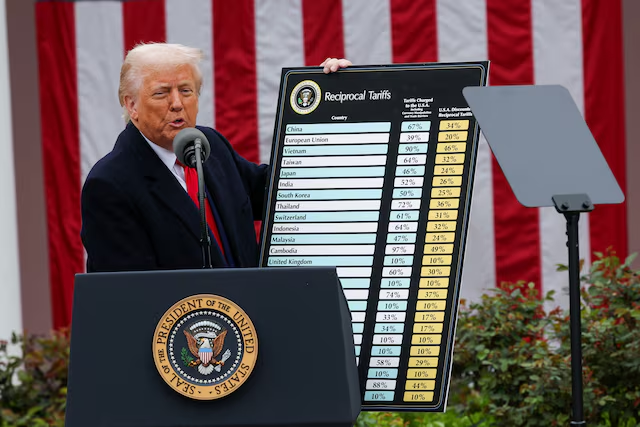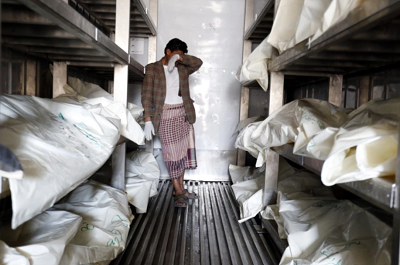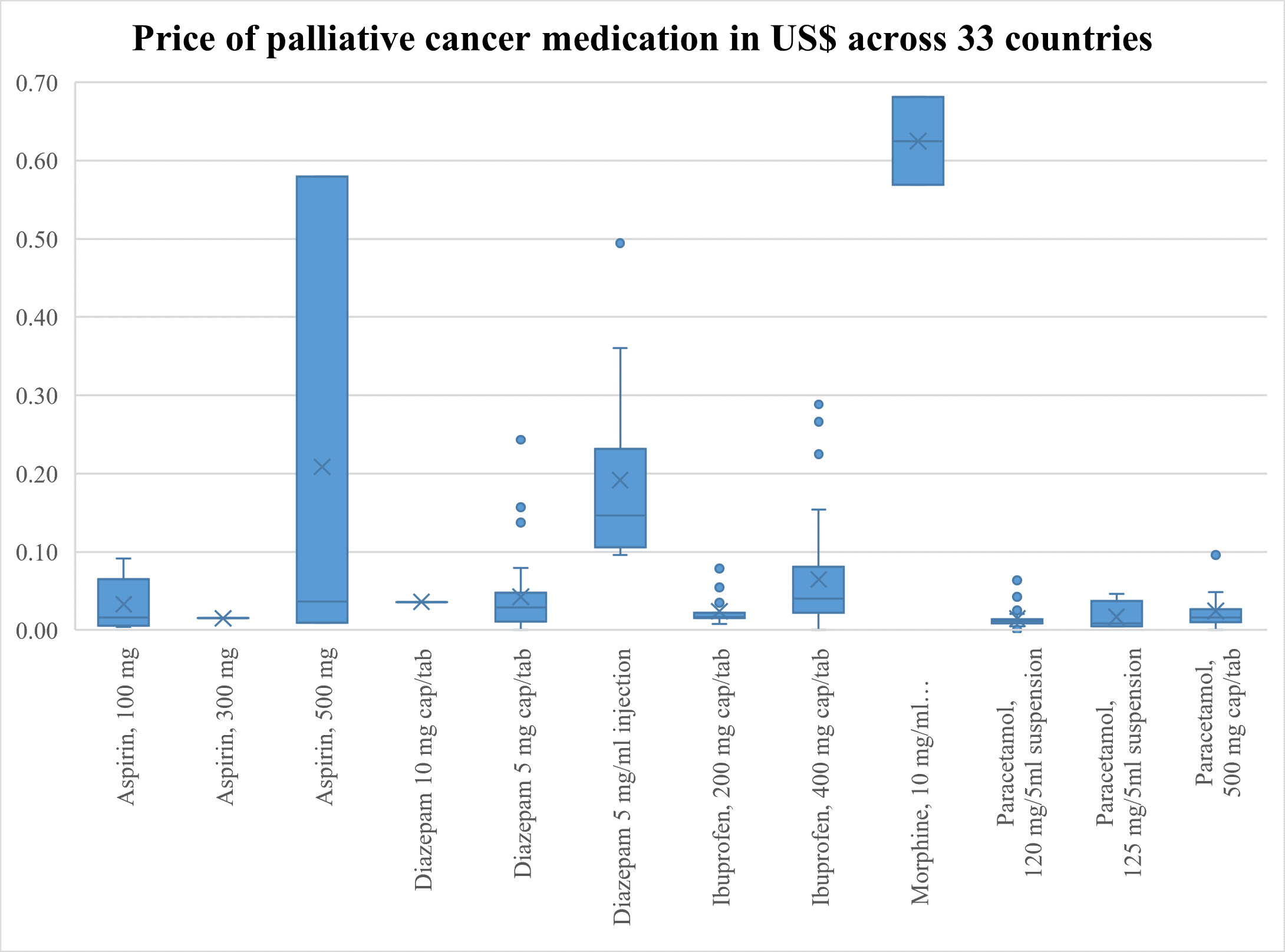A Global Economic Gamble

U.S. President Donald Trump delivers remarks on tariffs in the Rose Garden at the White House in Washington, D.C., U.S., April 2, 2025/ Reuters.
As of April 9, 2025, the United States has taken another bold step down the protectionist road with the imposition of significant “reciprocal” tariffs on imports from around 90 countries. This move, which continues the trade policy trajectory set in motion by President Donald Trump, aims to address perceived trade imbalances and foster what he deems fairer trade practices. But the alarm bells are ringing for many economists and international business leaders, who fear that the fallout from these measures could have far-reaching consequences for the global economy.
On April 2, 2025, President Trump issued an executive order that imposed a baseline tariff of 10% on imports from nearly every country, effective from April 5, 2025. What followed was a series of higher, country-specific “reciprocal” tariffs on 57 nations with large trade surpluses with the U.S., due to take effect on April 9. The tariffs are a key part of Trump’s strategy to force the hand of trading partners, compelling them to reduce their surpluses and create what the administration describes as a more equitable trading environment.
The numbers are staggering! China faces a 34% tariff, the European Union 20%, Japan 24%, South Korea 25%, Vietnam a massive 46%, and India 26%. These tariffs cover a wide range of goods, but some of the most significant impacts are likely to be felt in the automobile and electronics sectors.
A 25% tariff on foreign cars and parts is expected to drive up the average price of a foreign car in the U.S. by $4,000, a figure that could reduce consumer demand by up to 1.5 million vehicles annually. If you think that’s an isolated issue, think again: tariffs on electronics could add $20 billion in additional costs for U.S. consumers in 2025, impacting everything from smartphones to laptops to televisions. Similarly, tariffs on Chinese textiles—worth around $20 billion annually in U.S. imports—could see a 5% increase in prices for clothing and home goods.
The effects of these tariff hikes have already reverberated across global financial markets. On April 9, 2025, U.S. stock futures, including the Dow Jones Industrial Average, dropped by 3.1%, as investors fretted over the likely consequences of global supply chain disruptions and the possibility of broader economic fallout. European shares followed suit, with both the FTSE 100 and DAX dropping by 2.5%. Asian markets, however, showed mixed reactions: while Japan’s Nikkei index fell by 1.8%, Hong Kong’s Hang Seng Index saw a 0.5% gain—partly driven by the view that U.S. companies might benefit from reduced competition from foreign rivals.
Retaliation from U.S. trading partners has already begun. China, predictably, announced a 34% tariff on all U.S. goods, effective April 10, 2025. Canada, in turn, has signalled it will mirror the U.S.’s 25% tariff on automobiles not qualifying under the USMCA. Meanwhile, Japan has expanded subsidies and public loans to offset the impact of U.S. tariffs on its industries, while the European Union is preparing countermeasures, which could include tariffs on American luxury goods, agricultural products, and machinery.
In short, this new tariff regime is not without its significant risks. Economists are warning that the tariffs could exacerbate inflationary pressures, both in the U.S. and globally. The U.S. could see its Consumer Price Index (CPI) rise by 1.2% in 2025, adding approximately $80 billion to the cost burden of American consumers. Further disruptions to global supply chains—especially in sectors like electronics and automotive manufacturing—could push up production costs, reduce efficiency, and slow down economic activity. For emerging markets heavily reliant on exports, prolonged trade tensions could become a serious drag on economic growth.
As much as these tariffs may be presented as a solution to long-standing grievances over trade imbalances, it is hard to ignore the potential for long-term harm. By pushing the global economy into a new era of protectionism, the U.S. risks unsettling the intricate web of supply chains that has made the modern world economy so efficient. More importantly, by isolating itself from the very countries it depends on for goods and services, the U.S. might ultimately undermine its own economic dynamism.
This policy marks a dramatic shift in U.S. trade strategy. While it may appeal to certain domestic interests, the long-term consequences for global markets, international relations, and the U.S. economy itself remain uncertain. I believe businesses, investors, and policymakers must tread carefully as the global trade landscape continues to evolve. The challenge is clear: how to balance national interests with the complex, interconnected reality of global trade. If this tariff experiment goes awry, the costs will not just be borne by the countries at the receiving end of the penalties—they will be felt across the entire global system.

















